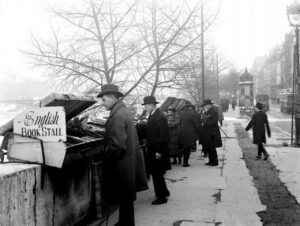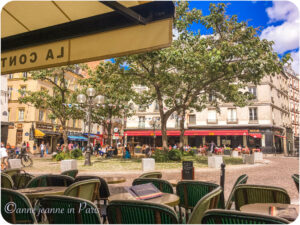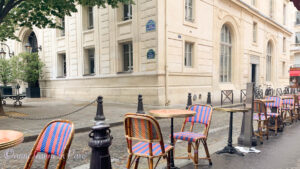
Paris’ bookstalls : browsing for books along the Seine
This is the largest open air bookshop in Europe, and one of the most iconic symbols of Paris. A stroll through the bouquinistes’ stalls is a genuine experience.

This is the largest open air bookshop in Europe, and one of the most iconic symbols of Paris. A stroll through the bouquinistes’ stalls is a genuine experience.

A old part of Paris. less visited than the part of the Latin Quarter next to the Place Saint Michel, but since 10 to 15 years ago, this part of the Latin Quarter has become gradually more and more touristic.

Saint-Germain-des-Prés, one of the most iconic and elegant neighborhoods in Paris.
Famous for its cafés, artists, and literary past.A mix of quiet charm and vibrant street life.